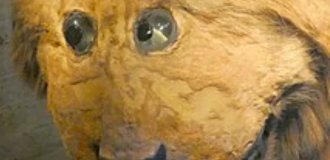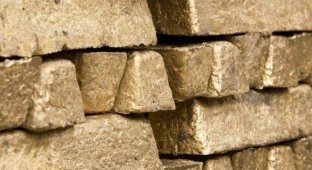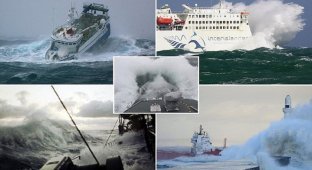A sunken German ship from the Second World War poisons the sea off the coast of Belgium (7 photos + 1 video)
German patrol boat sunk by bombers British Air Force during World War II, poisoning the bottom of the North seas with toxic explosives and heavy metals - about this scientists at the University of Ghent said in a new study. 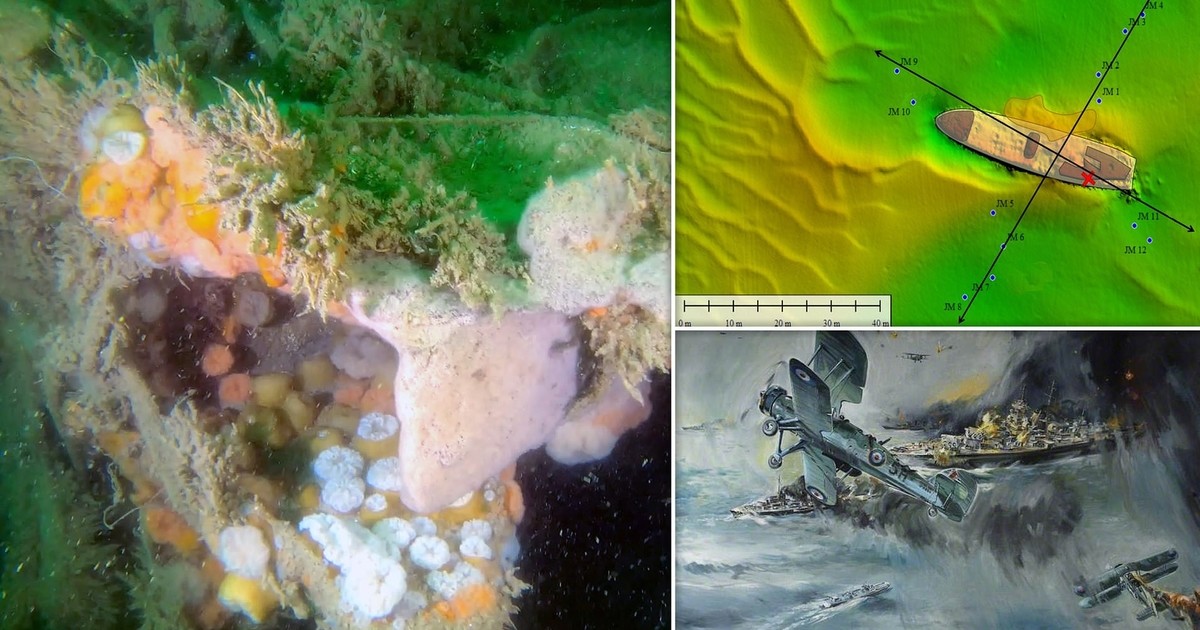
Fishing trawler V-1302 John Mahn, requisitioned by the German troops, has been lying off the coast of Belgium since British troops sank it in 1942. Eighty years later, experts from Ghent university discovered that the ship sunk at a depth of 35 meters damaged the surrounding seabed.
“The general public often shows great interest in sunken ships because of their historical value, but the potential the environmental impact of these wrecks is often overlooked,” said graduate student Josefien Van Landuit. - Although wrecks can function as artificial reefs and have great importance in the transmission of human stories, we must not forget that they are also dangerous man-made objects that accidentally found themselves in the natural environment. These days new wrecks ships are raised from the bottom for this very reason. 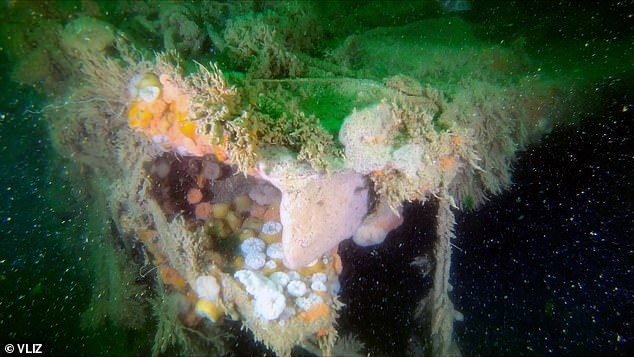
The bottom of the North Sea is covered with thousands of shipwrecks and aircraft, chemical warfare agents and millions of tons of conventional ammunition such as shells and bombs. sunken ships also contain oil and explosives that may harm the marine environment.
It is estimated that the wrecks of the First and Second World Wars wars around the world together contain between 2.5 and 20.4 million tons oil products. However, there is still no information about whereabouts of these wrecks and their impact on the microbiome and geochemistry of their environment.
As part of his university project "Wrecks in North Sea”, within the framework of which the objects of maritime heritage, Van Landuit and her colleagues studied the V-1302 John Mahn trawler.
“We wanted to see if the old shipwrecks in our part of the sea to form local microbial communities and whether they're on the surrounding sediments,” she said. — This microbial analysis is unique within the project. 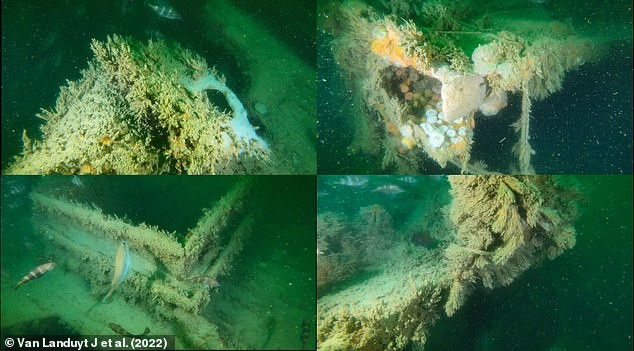
V-1302 John Mahn - German fishing trawler, requisitioned during World War II for use as a patrol vessel. In 1942, the ship was used to protect German battleships. "Scharnhorst" and "Gneisenau", when they returned to Germany from Brest, France. Upon learning of this voyage, the British Royal Navy planned to attack a fleet of 66 ships when they reached Dover strait. In the area now known as "Lansh Dash", the Royal The Air Force sent Swordfish planes to attack the German boats, but they all were knocked down. While "Scharnhorst" and "Gneisenau" were inflicted only minor damage, V-1302 John Mahn did not survive the attack and went to the bottom of the sea. 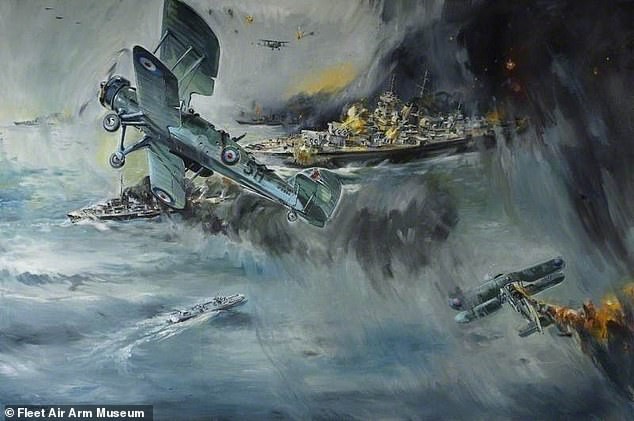

To analyze the biochemistry and geochemistry around the site shipwreck, researchers took samples from the steel hull trawler and sediments around it. Their study, published in Frontiers in Marine Science, showed the presence of heavy metals, such as nickel and copper, as well as arsenic and explosive compounds. Scientists also discovered polycyclic aromatic hydrocarbons (PAHs) are chemicals found naturally in coal, crude oil and gasoline.
Scientists have found varying degrees of concentration of these toxic pollutants depending on the distance to the shipwreck. The highest metal concentrations were found in the sample closest to the coal bunker of the ship, and in the deposits formed after crash. The highest concentrations of PAHs were closest to the ship. 
"Though we don't see these old shipwrecks, and many of the we don't know where they are, they can still pollute our marine ecosystem,” Van Landuit explained. In fact, their age only increases the risk to the environment due to corrosion, which opens previously closed areas. Thus, their impact on environment is still evolving."
The researchers also studied the contentmicrobes in samples sediments from all over the ship and found that they were affected contaminants. They discovered known microbes that decompose PAHs such as Rhodobacteraceae and Chromatiaceae in samples with the most high content of pollutants. In addition, in the case samples sulfate-reducing bacteria such as Desulfobulbia were present, which probably led to corrosion of the steel hull. 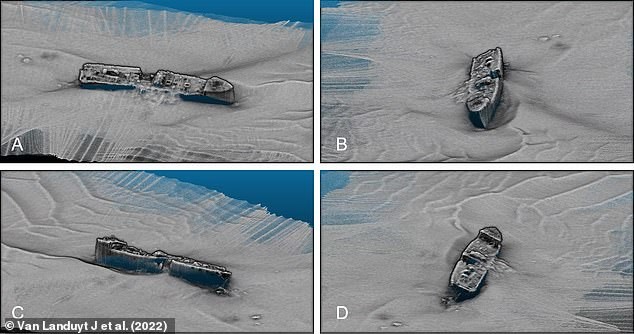
“People often forget that under the surface of the sea, we humans are already had a significant impact on local animals, microbes and plants, living there, and continue to have an impact, exuding chemicals, fossil fuels, heavy metals from sunken ships, which we we don’t even remember, sometimes a hundred years ago,” Van Landuit continued. — We explored only one ship, at the same depth, in one place. To get a better idea of the overall impact of shipwrecks to our North Sea, it is necessary to take samples of a large number shipwrecks in different places.
